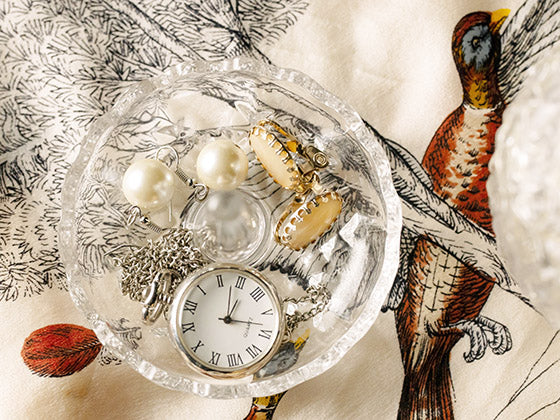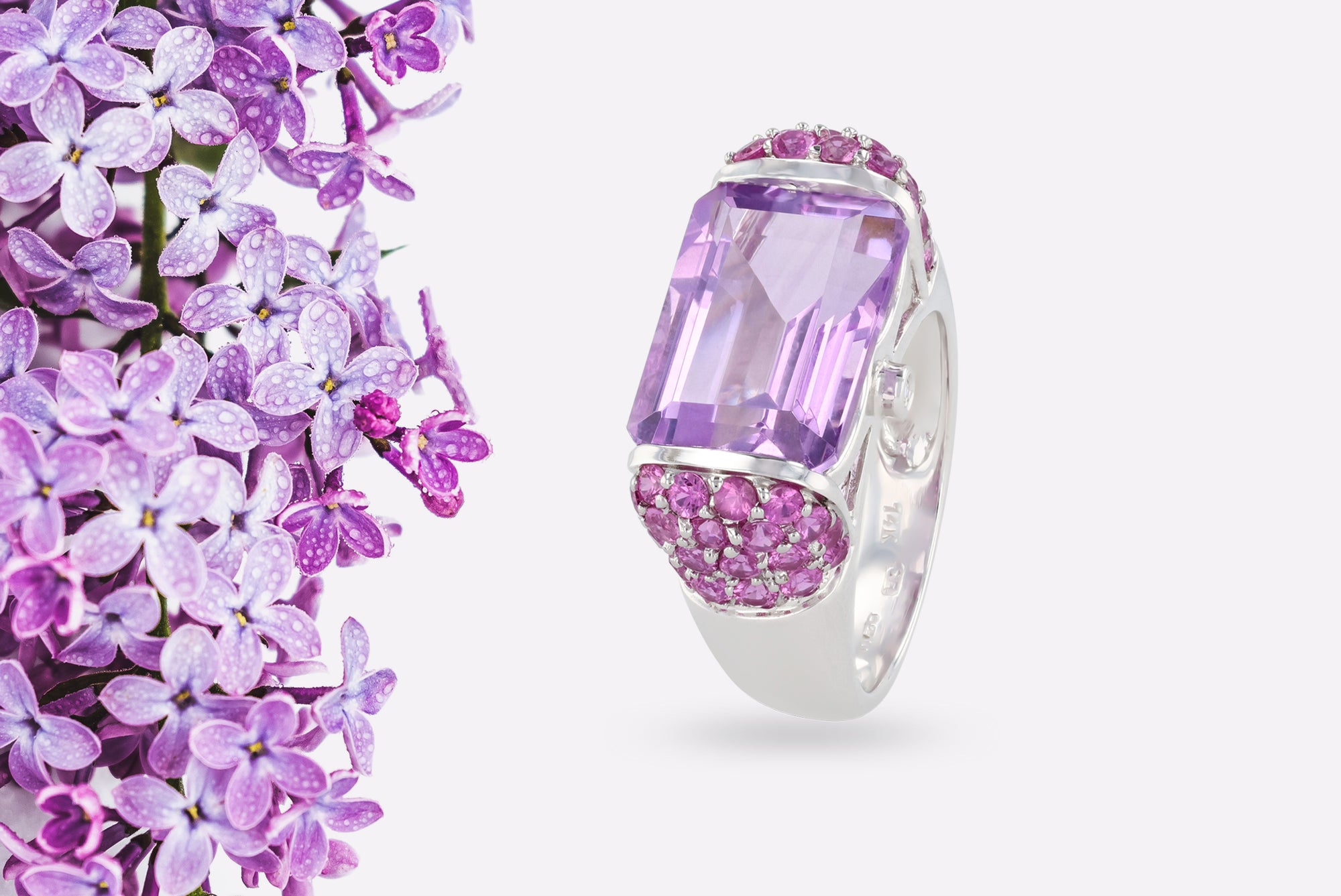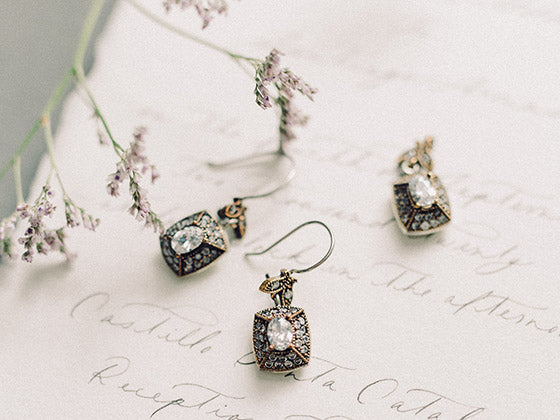THE ROMANTIC PERIOD . THE GRAND PERIOD . THE AESTHETIC PERIOD
The Aesthetic Period 1885 - 1901
The Delicate Settings Shone a Spotlight on Gemstones, Empowering them to Convey the Shape, to Express the Form and to Render the Design.
The latter part of the Victorian era, pulled away from the heavy ties of the grand period and flourished forward with the delicate and lighter tones of the aesthetic period. In comparison, the application of metal was immensely reduced and utilised as a support for gemstones, rather than being the main focal point of jewellery design. Coincidentally, the economical use of lower proportions of gold (like 9ct ,12ct and 15ct), brought about the construction of stronger mounts, for gemstones to be situated in.

Turquoise became the highlight of aesthetic jewels, frequently being interchanged and complemented with the use of seed pearls. The advancement of Old European Cut diamonds, shone under a new light (electricity). New and recurring motifs were: animal heads, bows, clovers, crowns, double hearts, fruit, horseshoes, knots, oak leaves, owls, quatrefoils and trefoils. Moreover, the previously mentioned emblems are also known to be embellished with: amethyst, aquamarine, chrysoberyl, chrysoprase, emerald, moonstone, opal, peridot, ruby and sapphire.
Rolled Gold, Costume Jewellery’s Solution to Freedom of Design and Expression
Rolled gold was another established material, that happened to preside over the entirety of the 19th Century. Since, the process of bonding a thin layer of gold to brass or copper, was licensed in 1817. The option of rolled gold, subsequently began to solve multiple solutions. The first solution was presented at the beginning of the Romantic period, when the supply of gold was limited, before being alleviated by the discovery of the gold mines in California. Therefore, this enabled jewellers to use less gold, without minimising the size and appearance of their designs.

Furthermore, the rapid movement of the Industrial Revolution, accelerated the use of Rolled Gold, throughout the Grand and Aesthetic periods. The material gained new purpose, as it was more affordable than its counterparts and effectively dominated the market of costume jewellery.
The Triple Overlapping Period
This specific time phase, happened to overlap two other periods: the Belle Époque and the Art Nouveau (also known as The New Art or Arts and Craft). One movement favoured a monochromatic, refined elegance, and the other rebelled against the mechanical production of jewellery and resorted back to handmade, curvaceous and colourful jewels.


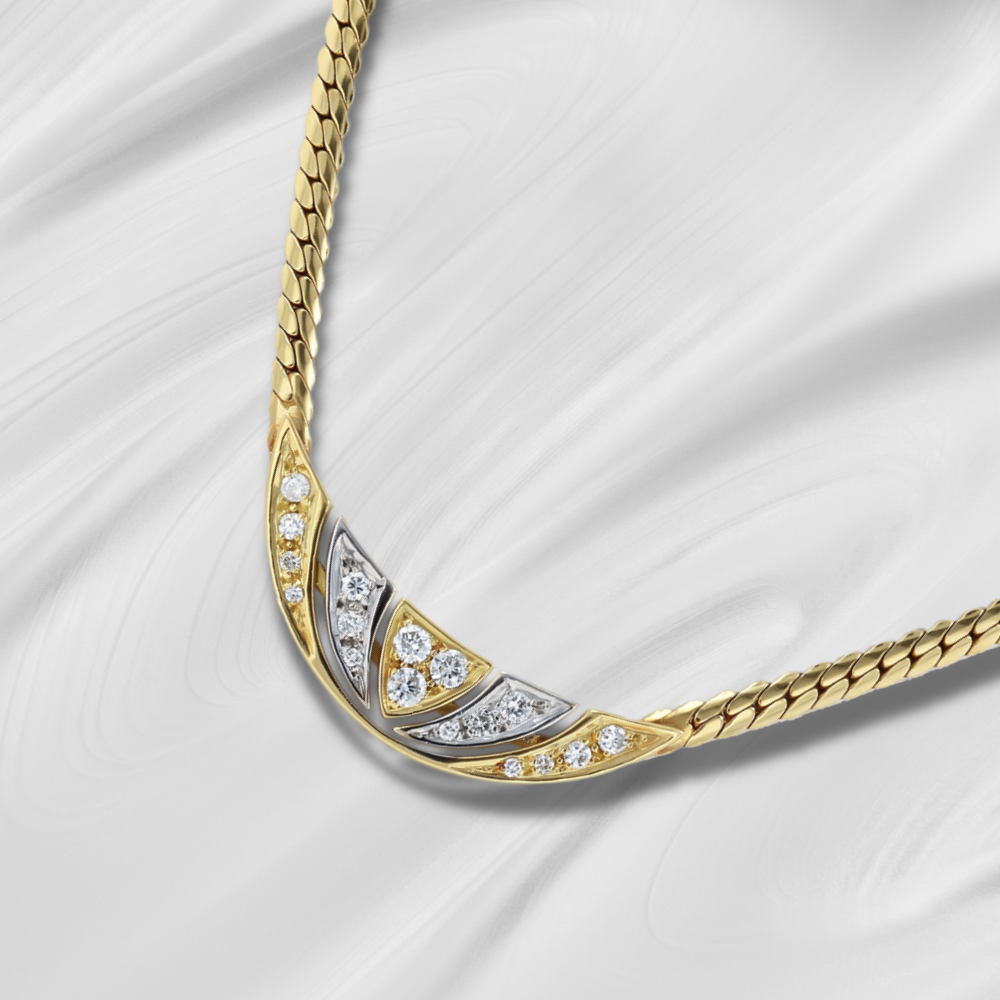
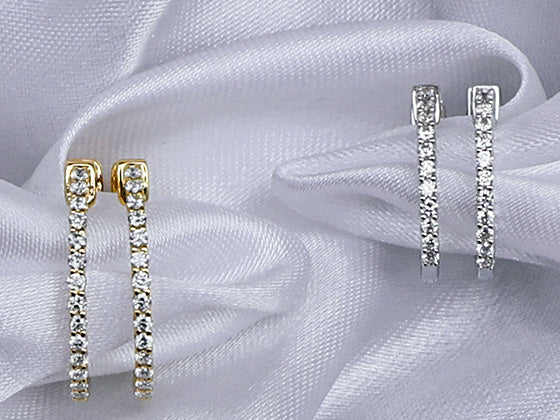
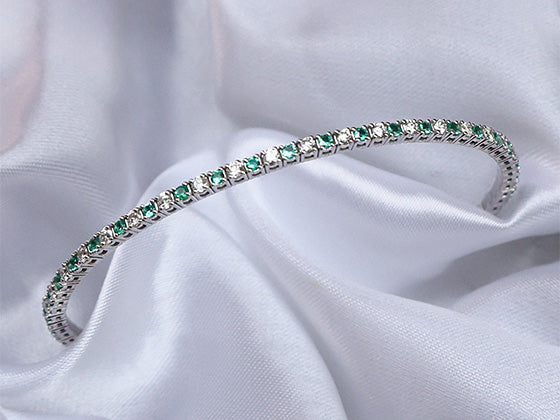

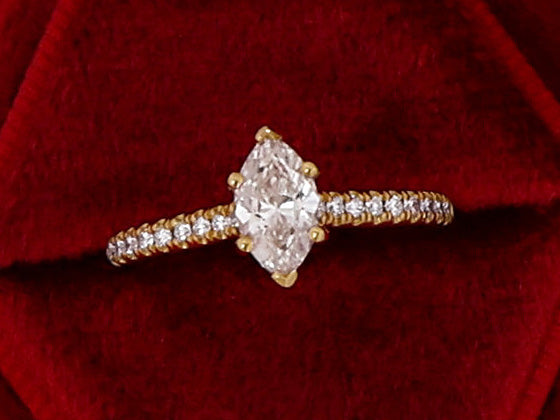
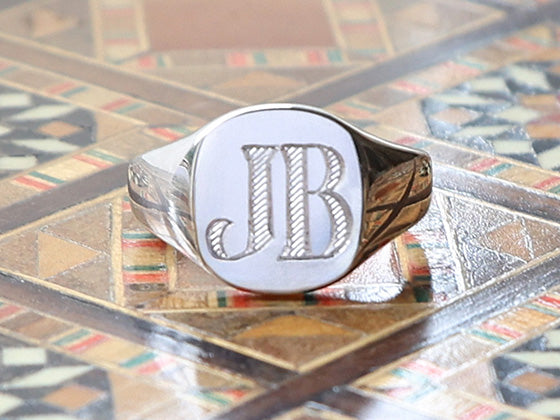
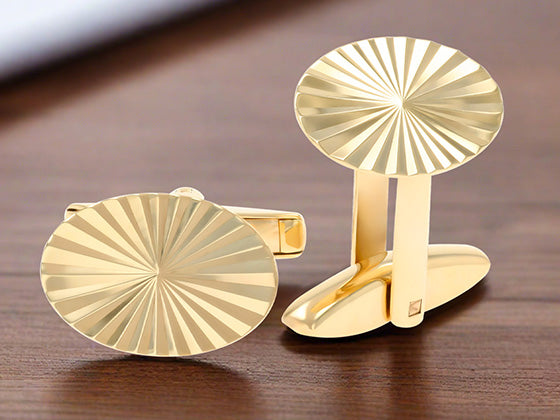
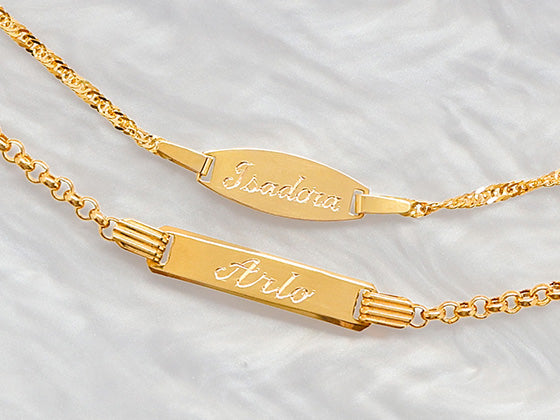
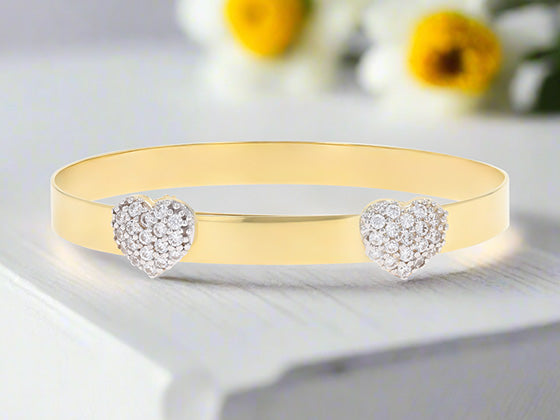
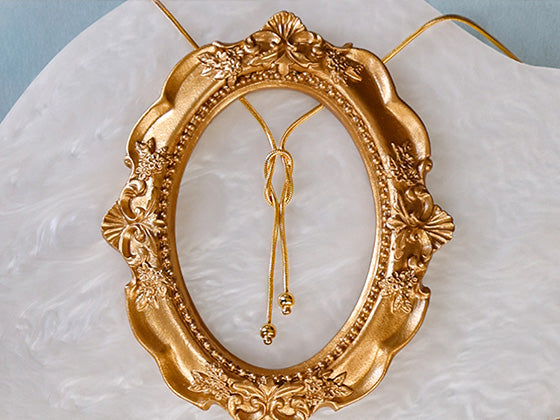
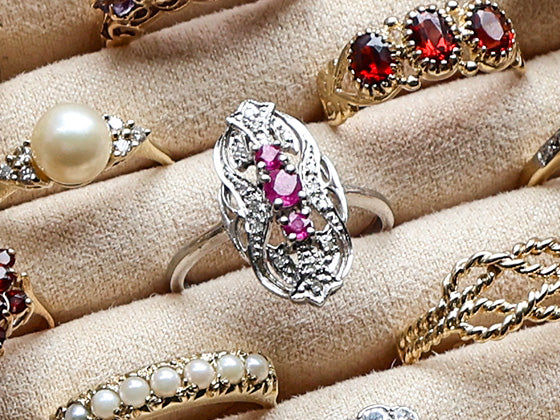
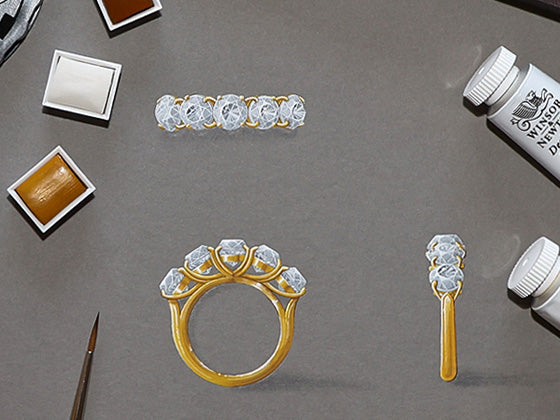
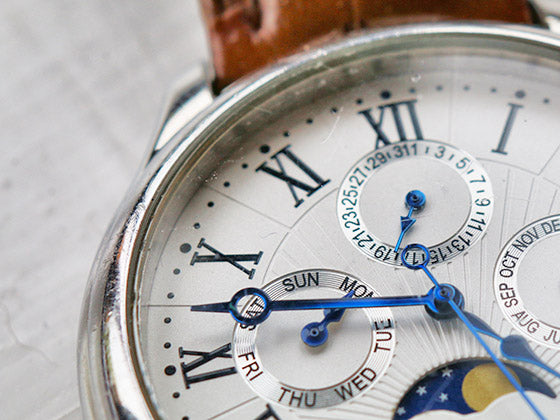
 Contact Us
Contact Us